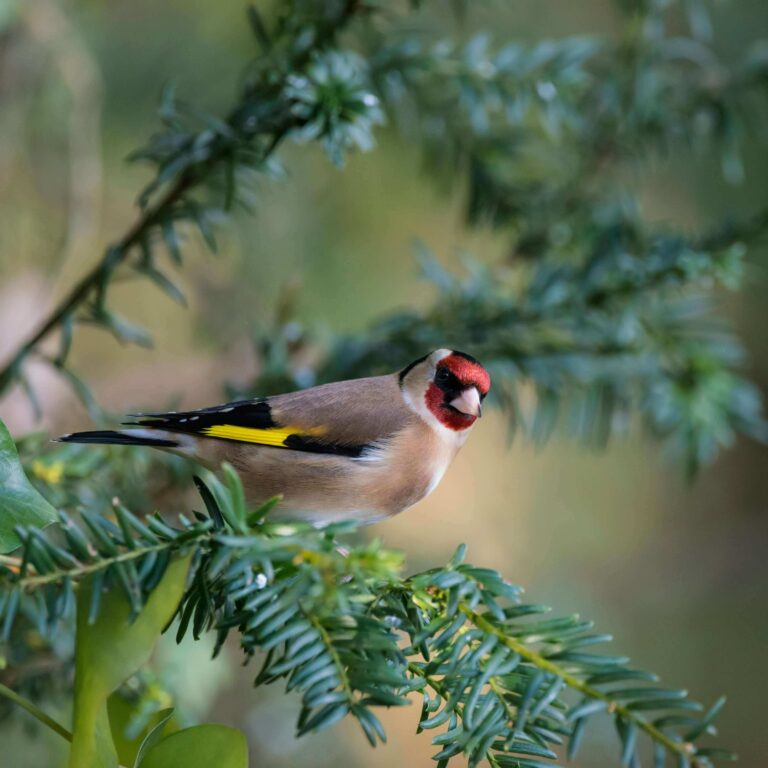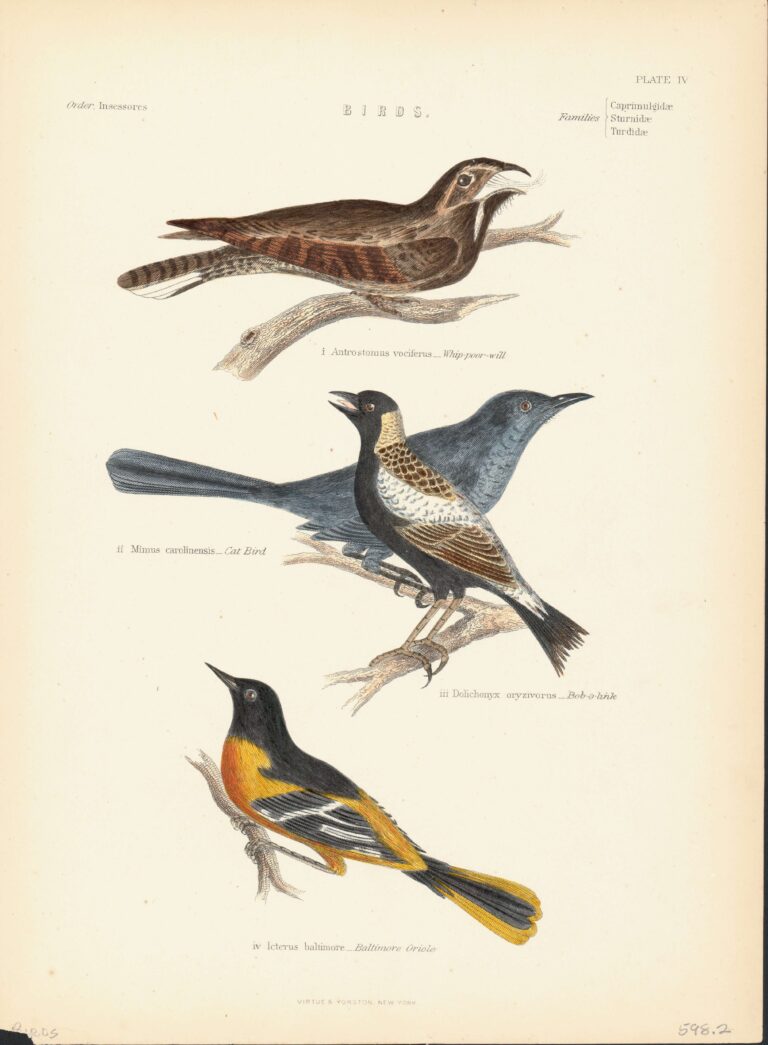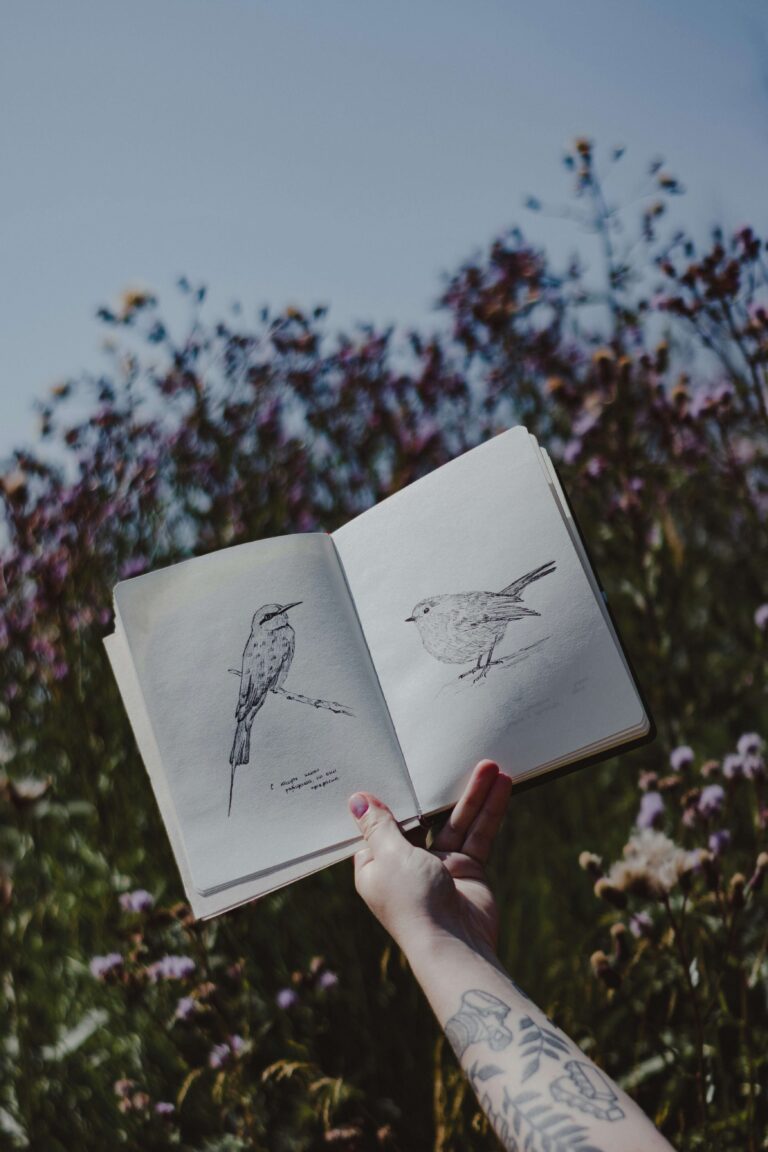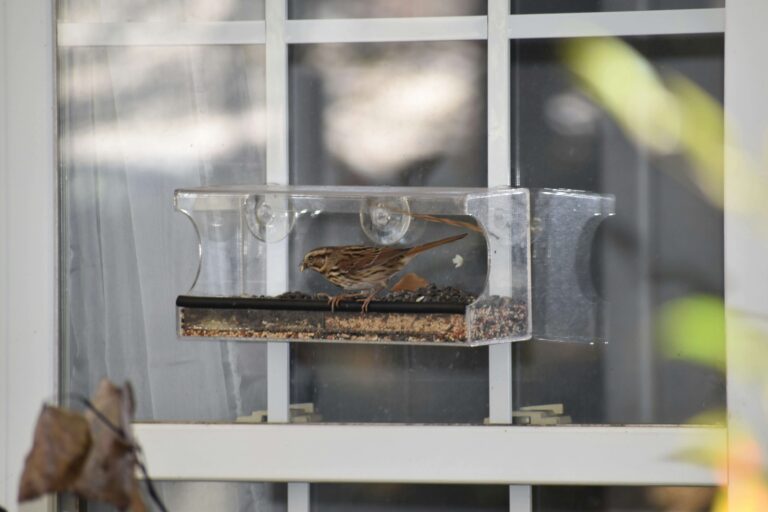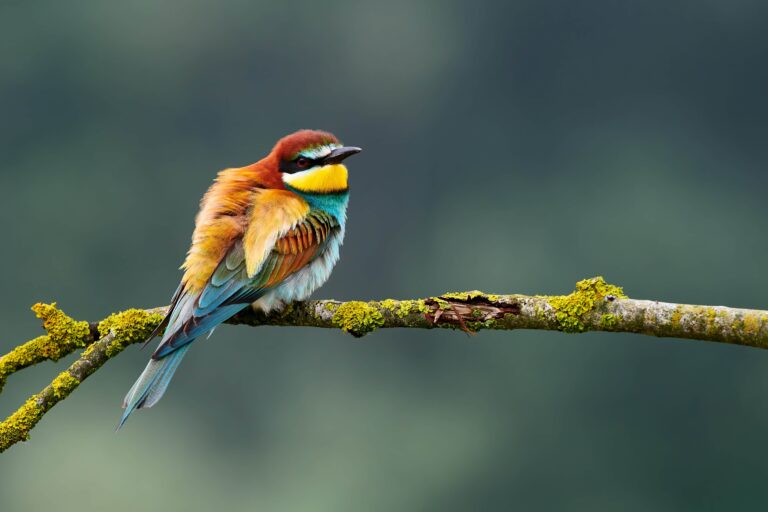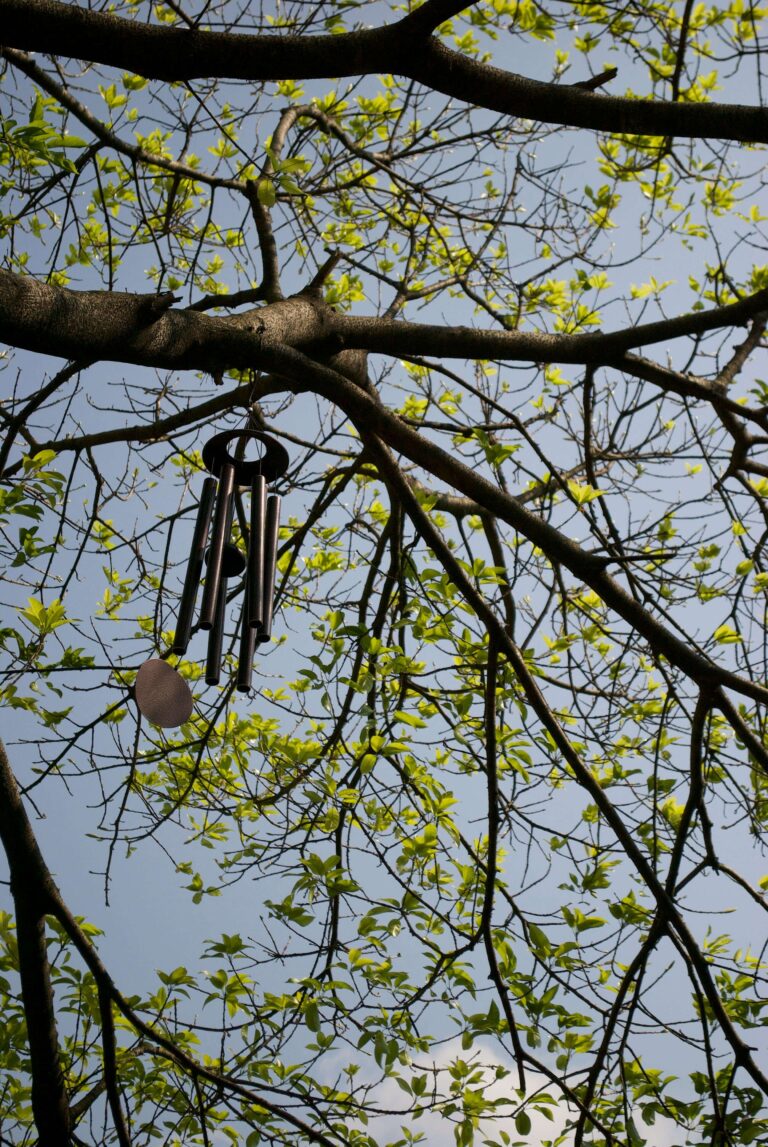Young Birds vs Adults: How to Spot the Difference
Ever spot a scruffy-looking bird fluttering around your yard and wonder if it’s a baby or just a small adult?
Telling the difference between young birds vs adults isn’t always obvious—but once you know what to look for, it opens up a whole new layer of birdwatching joy.
Learning how to tell young birds from adults is one of those skills that makes birdwatching even more rewarding. It helps you understand bird behavior, identify who’s who at the feeder, and even offer the right kind of care if a juvenile bird seems out of place.
The good news? With just a few cues, you’ll start spotting the differences like a pro. If you’re looking for more bird resources, Birdwatching Journal: How to Start (Ideas, Tips, and Inspiration)
Why Telling Young Birds from Adults Matters
So, why does it matter?
Well, knowing whether you’re watching a fledgling or a fully grown bird gives you insight into what’s happening in their little world. Is this bird still dependent on its parents? Is it learning to fly? Is it safe, or is it struggling?
This is especially helpful if you’re into backyard birdwatching, wildlife photography, or just want to feel more connected to what’s going on outside your window.
Plus, it makes everyday sightings a lot more interesting. Once you know what to look for, you’ll start seeing young birds everywhere—and noticing how they grow and change right before your eyes.
Feather Differences in Young Birds vs Adults
The feathers often give the first clue.
Young birds tend to look… well, a little rumpled. Their feathers might be:
- Softer or fluffier (especially around the head and belly)
- Duller in color compared to adults
- Patchy, uneven, or slightly scruffy
In contrast, adult birds have sleek, fully formed feathers that lay flat. They also tend to have brighter, more defined markings—especially during breeding season.
So if you see a bird that looks a little puffball-ish or seems like it’s still growing into its feathers, it’s probably a juvenile. When comparing young birds vs adults, feathers are usually the first giveaway—juveniles often look patchier or fluffier than their sleek adult counterparts.
Size Isn’t Everything (But It Can Help)
Size can be tricky.
Some juvenile birds are nearly full-size when they leave the nest, so you can’t always rely on them being smaller. That said, there are a few telltale signs.
Young birds may look:
- Shorter-tailed (those feathers are often the last to grow in)
- Less “filled out” or streamlined
- Slightly disproportionate—like their head or feet are too big
Think of it like a teenage phase: all the parts are there, but things haven’t quite settled into place yet.
Behavior Clues to Spot Young Birds vs Adults
This is where young birds really give themselves away.
Juvenile birds often:
- Beg for food — They’ll flutter their wings, open their beaks wide, and call loudly near a parent.
- Seem clumsy — They may hop instead of fly, fumble landing on branches, or take a while to get off the ground.
- Explore more boldly — Young birds are curious but don’t always know what’s safe yet.
If you spot a bird flapping and chirping at an adult, it’s probably saying, Feed me!
That’s a dead giveaway it’s not fully independent yet.
Beak and Eye Clues to Spot a Juvenile
Up close, you can often spot young birds by their beaks and eyes.
Look for:
- Softer, lighter-colored beaks that haven’t hardened yet
- “Gape flanges” — little yellow or fleshy edges around the beak that help parents aim food into their mouths
- Darker, rounder eyes — adult birds may have brighter or more defined eye rings
These features fade pretty quickly as the bird matures, so if you see them, you’re likely looking at a bird just a few weeks out of the nest.
How Song and Sound Give It Away
Even if you can’t see a bird clearly, you might still be able to guess its age by listening.
Juvenile birds often:
- Make shorter, less polished songs compared to adults
- Repeat simple calls or begging chirps
- Sound “off” — not quite matching what you’re used to hearing
It’s like they’re practicing and not quite there yet.
In species like song sparrows and robins, young birds often spend days or weeks tuning their songs until they match the adult version.
Species-Specific Differences to Watch For
Each bird species has its own version of the “awkward phase.”
Here are a few common ones to look for:
- Cardinals — Juveniles are a warm brown with orange beaks and shaggy head feathers. They only turn that bright red as they mature.
- Robins — Young robins have spotted breasts and lighter backs. They lose the spots as they age.
- Blue Jays — Juveniles may have a paler blue color and less bold facial markings than adults.
Knowing the typical signs for your local birds makes it even easier to tell who’s new to the feeder and who’s been around the block.
When Young Birds Start to Look Grown Up
Birds grow fast—many are nearly adult-size within a few weeks of leaving the nest.
But that doesn’t mean they’re fully mature.
Here’s a rough timeline for when juveniles start looking like adults:
- 1–2 weeks after fledging – Still fluffy, very dependent
- 3–4 weeks – Feathers start to smooth out; still begging for food
- 5–6 weeks+ – Starting to sing, forage on their own, and look much more “adult”
By the time a bird is 2–3 months old, it often takes a practiced eye to tell it apart from a full-grown adult—unless you catch it in the act of asking for a snack. One of the clearest ways to tell young birds vs adults apart is by watching how they act around feeders, branches, and other birds.
Watch Closely, Learn Slowly
Learning how to tell young birds from adults isn’t something you’ll master in a day—but that’s kind of the joy of it. Once you get the hang of spotting young birds vs adults, it’s like unlocking a new layer of backyard discovery.
The more you watch, the more you notice. And once you start spotting fledglings, clumsy hops, and tiny begging chirps, you’ll feel like you’re seeing your backyard with brand new eyes.
It’s one of the small joys of birdwatching—watching not just birds, but growth in real time. If you’d like to dive deeper into how juvenile plumage differs across bird species, the Cornell Lab of Ornithology has an excellent visual guide.

